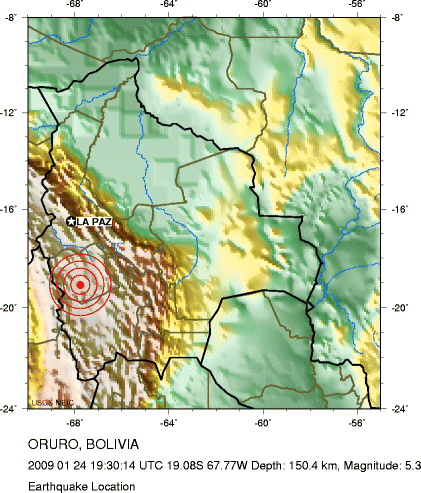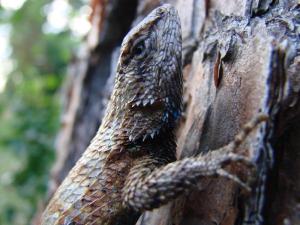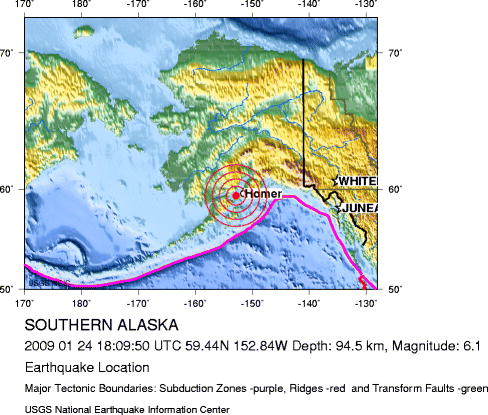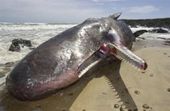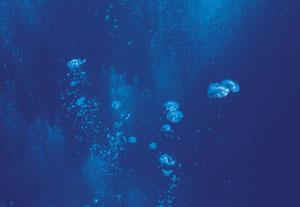
Hungry nickel-grabbing bacteria could be to thank for the surge in atmospheric oxygen 2.5 billion years ago that made Earth hospitable to life.
Stefan Lalonde of the University of Alberta in Edmonton, Canada, and colleagues measured the concentration of nickel deposited in layered sedimentary rocks, or "banded iron formations". They found that levels had dropped by two-thirds in the 200 million years prior to the "Great Oxygenation Event".
The team speculate that this drop in nickel starved primordial ocean-dwelling bacteria called methanogens that used dissolved nickel in seawater to help turn food into energy and methane. As methane reacts with oxygen to remove it from the atmosphere, a decline in the methane produced by bacteria would have led to a build-up of oxygen.
